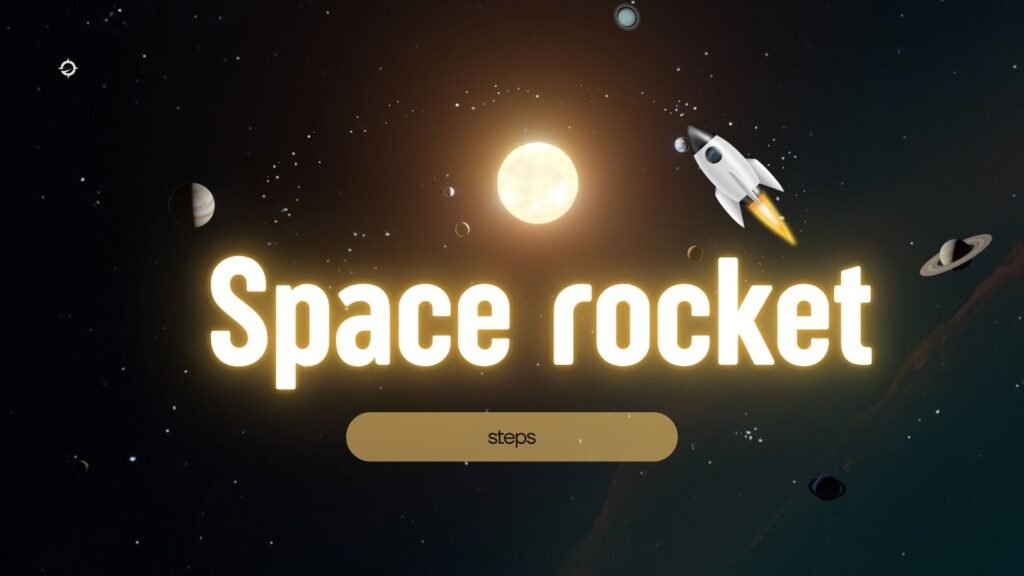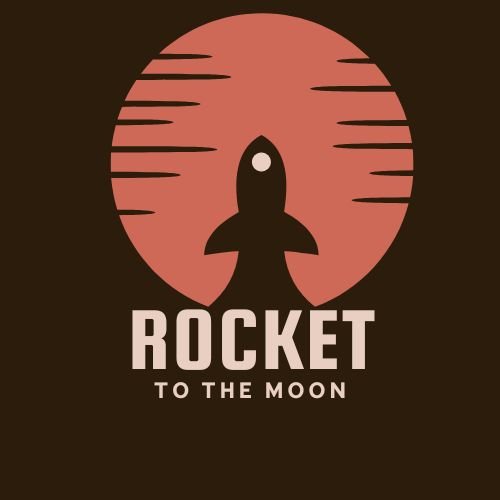Getting to space rockets might sound like science fiction, but it’s a carefully planned and tested process based on decades of engineering, physics, and innovation. From the early days of the space race to modern missions launched by companies like SpaceX, rockets have become the primary vehicle for space exploration.
If you’ve ever wondered about the basic steps of getting to space with a rocket, this article is for you. We’ll walk through each stage from launch preparation to orbital insertion in simple terms. Whether you're just curious, looking to book a rocket launch experience, or trying to find rocket tech news, understanding these steps gives insight into how space missions work.
Designing the Space Rocket

Before anything launches, engineers must design a rocket that fits the mission’s goals. Different missions need different types of rockets. A cargo mission to the International Space Station (ISS) requires a different design compared to a satellite deployment or a space tourism flight. Rocket design includes:
Choosing the number of stages (most rockets have two or three)
Fuel type selection (liquid or solid)
Payload capacity (weight and size of cargo or crew)
Reusability features (like landing legs or heat shields)
Companies in the US and UK, such as SpaceX and Space Lab, use computer simulations and models to test it before it is built physically. These companies regularly update their systems to improve safety and efficiency.
Building the Space Rocket

Once the design is complete, it’s time to build the actual rocket. This step includes manufacturing key components such as:
Engines: The powerhouse of any rocket. These burn fuel to produce thrust.
Fuel tanks: Containers that hold liquid oxygen, hydrogen, or kerosene.
Control systems: Computers, sensors, and navigation tools that keep the rocket on course.
Payload bay: The area that holds satellites, cargo, or crew modules.
Manufacturing is a delicate process that requires high-precision tools and clean environments. Every piece must meet strict quality standards since even a small failure can lead to mission failure.
Transporting and Assembling at Launch Site

Once it's built, it's transported often in large, climate-controlled vehicles to the launch site. In the US, this might be Kennedy Space Center in Florida, while in the UK, upcoming launch sites include the SaxaVord Spaceport in Scotland.
At the launch facility, the rocket is assembled and carefully erected on the launch pad. Engineers check every connection, from fuel lines to navigation wiring. Safety protocols are followed strictly during this phase, as even small errors can be dangerous.
Final Checks and Countdown
Before getting to space, a long checklist is completed. This includes:
Weather analysis
System diagnostics
Fuel loading
Crew readiness (if it’s a manned mission)
During the final countdown, every system is monitored from mission control. If anything seems wrong, the launch may be delayed. Modern technology helps predict and solve problems before launch, making each mission safer. This stage is also when people interested in space exploration or fans of space companies often find space tech news online, as many agencies and firms stream this phase live.
Lift off and Stage Separation
Once the countdown reaches zero, the engines fire and lift the vehicle off the ground. Here's what happens next:
Initial thrust: Engines burn fuel rapidly to fight Earth's gravity.
Stage separation: Most are multi-stage. After the first stage uses up its fuel, it detaches, and the second stage ignites to continue the journey. This helps the rocket shed weight and travel more efficiently.
Some modern rockets, like those from SpaceX, are partially reusable. The first stage may return to Earth and land vertically, making it ready for another launch. This innovation has reduced costs and made booking a space launch more accessible for commercial clients.
Entering Orbit
To stay in space, a rocket doesn’t just need to go high—it needs to go fast. Reaching low Earth orbit requires speeds of about 28,000 kilometers per hour (17,500 miles per hour). This speed keeps the rocket moving around the Earth rather than falling back down. At this point:
Payload doors open to release satellites or dock with the ISS.
Scientific instruments may begin collecting data.
Communication systems establish links with ground stations.
If it's a human mission, astronauts begin living and working in space. They may stay for days, weeks, or even months, depending on the purpose of the mission.
Returning to Earth (If Applicable)
Some rockets are one-way vehicles, but others return. For reusable missions or manned flights, re-entry is a key stage. Here’s how it happens:
The spacecraft is turned to face heat shields forward.
It enters the atmosphere at high speeds, heating up due to air friction.
Parachutes or retro-thrusters slow it down.
It either lands on solid ground or splashes down in the ocean.
This phase requires precise calculations and durable materials to protect both the crew and the craft.
Space Travel Today and Tomorrow
Getting to space with a rocket is no longer just a government operation. The private sector is booming, with SpaceX, Blue Origin, and others making space more accessible. In the future, we may see:
Regular space tourism
Lunar cargo deliveries
Mars colonization missions
Expanded satellite networks
US and UK space launches are expected to increase as more launchpads become operational and more companies join the race. The dream of routine, low-cost space travel is getting closer to reality.
Explore Your Curiosity
If you’re interested in space exploration, you don’t need to become an astronaut to be involved. There are many ways to learn and engage:
Watch live space launches online
Visit space museums and science centers
Take online courses about how rockets reach space
Join STEM clubs or space-related forums
Follow updates from companies and agencies to find space tech news
You can even book a rockets launch experience or buy model rockets for educational use. These opportunities help the next generation of explorers take their first steps into the world of space.
Begin Your Launch Journey
Understanding the basic steps of getting to space with rockets reveals the complexity and brilliance behind every mission. From the drawing board to orbit, each stage requires skill, precision, and the power of modern technology.
Whether you’re following SpaceX launches, tracking US and UK rocket launches, or simply fascinated by space, one thing is clear: our journey into the stars is just beginning. Keep learning, stay curious, and maybe one day, you’ll be part of the next big leap in space exploration.









